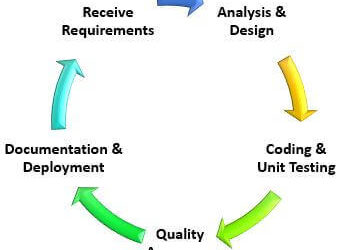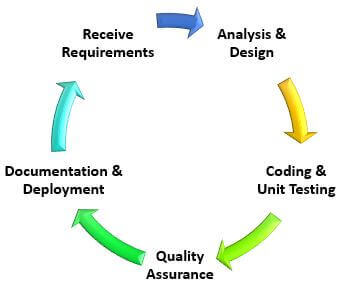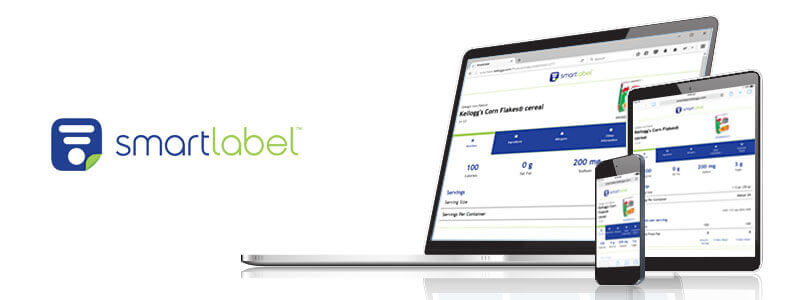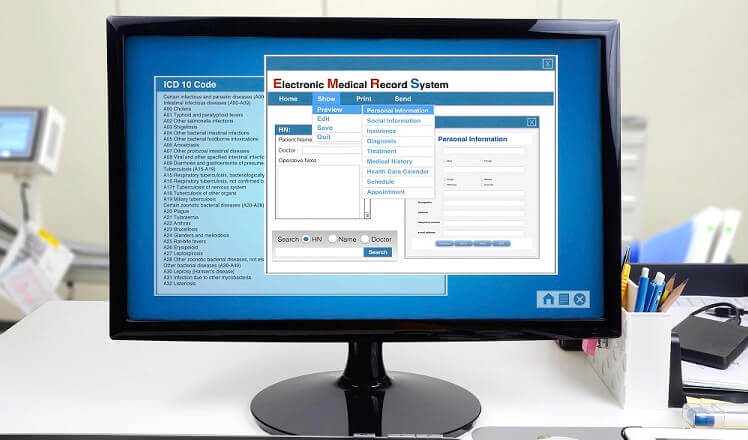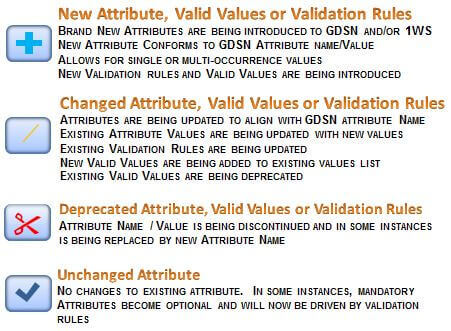 The Spreadsheet is the software equivalent of a Swiss Army Knife for many businesses, it’s a Business Intelligence (BI) tool, a Customer Relationship Management (CRM) system, an Accounting system, a Warehouse Management System (WMS), but above all, it’s the world’s most widely installed Product Information Management System, commonly referred to as a PIM.
The Spreadsheet is the software equivalent of a Swiss Army Knife for many businesses, it’s a Business Intelligence (BI) tool, a Customer Relationship Management (CRM) system, an Accounting system, a Warehouse Management System (WMS), but above all, it’s the world’s most widely installed Product Information Management System, commonly referred to as a PIM.
It’s not hard to see why the spreadsheet is used to mimic these different systems, especially for smaller or start-up enterprises. The cost of acquisition is very low and a simple column/row/cell structure provides an easy way to store data, perform calculations and produce reports. However, there comes a time in any business when levels of sophistication become too much for the trusty spreadsheet to handle, resulting in business inefficiencies and data quality issues.
While we’re all comfortable with the concepts of spreadsheets, another key consideration must be security. When was the last time all of the mission critical spreadsheets in your organization were backed-up? Do those spreadsheets go on ‘walk-about’ at the end of each day – heading home on a laptop that sits on the back seat of the car? What about the kitchen counter with the bowl of cereal, jug of orange juice and the toddler running around underfoot? Think about the amount of money that may have been invested in network security and how spreadsheet security compares to that initiative.
Increased levels of sophistication and security concerns may prompt a business to invest in commercial software that has been designed specifically for a business process. Specifically in the area of product information management, high levels of complexity around product data can be reached very quickly, therefore becoming the catalyst to take such action.
Product data is in multiple spreadsheets, everywhere
No matter how hard one may try, getting all your product data into one spreadsheet, with every product category, attribute, packaging configuration and language variant is no simple task. Even a small product catalogue can quickly become unwieldy.
In many businesses, it’s not uncommon to find multiple spreadsheets containing different product item attributes that only when aggregated describe a complete product. Product data is usually managed by department or business operation, for example:
- Marketing
- R&D
- Production
- Logistics
- Regulatory
- Finance
It’s aggregating this product data that becomes an issue. How do you ensure you are merging the correct attributes with the correct item? Using keys like SKU (Stock Keeping Unit) or GTIN (Global Trade Item Number) are common approaches, however I have seen cases where item data is merged based upon product description. The more sophisticated your business gets, the more fragmented your product data becomes.
Spreadsheets do not contain business rules – they’re not intelligent

It’s the data quality requirements that have made product information management a sophisticated process. These requirements are defined by: Standards Bodies, Regulators, Legislative Organizations, Trade Associations and Trading Partners. For example, in the Retail Food & Beverage sector data quality requirements include:
- GS1 Standards for Automatic Identification and Data Capture (AIDC)
- GS1 Standards for the Global Data Synchronization Network (GDSN)
- EU Regulation 1169/2011 for the provision of Food Information to Consumers in Europe (FIR/FIC)
- FDA Food Safety Modernization Act (FSMA)
Carrying out manual data quality validation is fraught with problems. It’s time-consuming, complicated, error-prone (because we’re only human) and just plain inefficient. What’s more, if you have these ‘super humans’ retained as employees, they must be trained and pursue programs of Continuous Professional Development (CPD). Of course, you can always hire a Consultant, but that approach could be even more costly and leave your organization vulnerable.
Spreadsheets do not have an intuitive interface

Many people will inadvertently confuse the terms Product Data Management (PDM) and Product Information Management. A spreadsheet can be used to manage product data to a certain extent, depending of course on levels of sophistication, however ‘data’ and ‘information’ are somewhat different. Data only becomes information when it is presented in context and associated with additional data elements. Application logic is responsible for turning product data into product information.
Without application logic a spreadsheet user has no start point. It’s usually the spreadsheet creator that knows their way around it, but give it to someone else and they’ll just be staring blankly at the screen. This means that every time someone different uses that spreadsheet you have to explain where to start, where to enter data, where not to enter data, where the hidden formulas reside, etc. Further more, when you share your spreadsheet with somebody else, they always have a suggestion on how it can be improved! Then you get more hidden fields, more formulas and different versions of the same spreadsheet.
A lack of application logic and business rules also means that data errors will creep in. Humans, no matter how meticulous they may think they are, will hand-key data incorrectly. Even when using cut and paste functionality, it’s possible to place data in the wrong cell, row or column. We have conducted our own studies on manual data entry and can report a consistent 3-5% error rate. Indeed many studies show the truth, that bad data is actually very expensive. According to a study conducted by Eloqua (An Oracle acquisition) – A bad record that originally cost $1.00 ends up costing $11.50 after it has made it through the marketing and sales cycle! A $10,000 investment just became a $36,250 investment.”
In Part 2 of “What’s wrong with the spreadsheet PIM?” I’ll discuss why spreadsheets don’t provide the mechanisms to control your data and offer an alternative to the spreadsheet PIM. Stay tuned for more!




